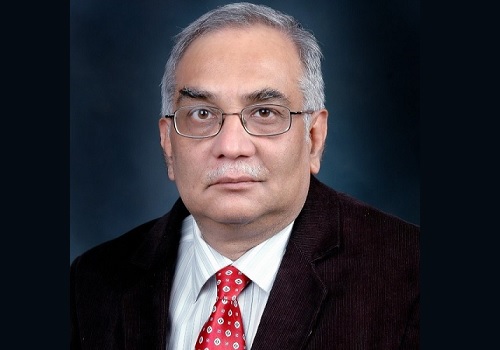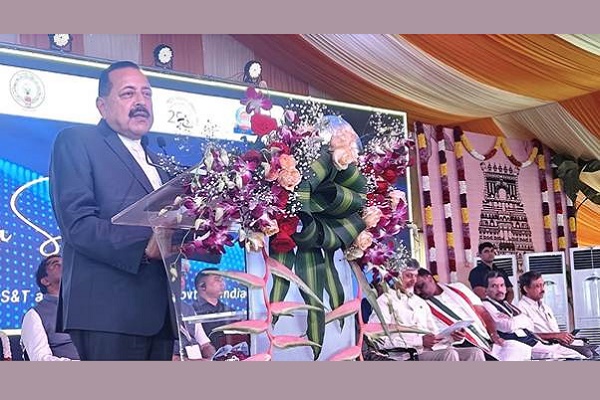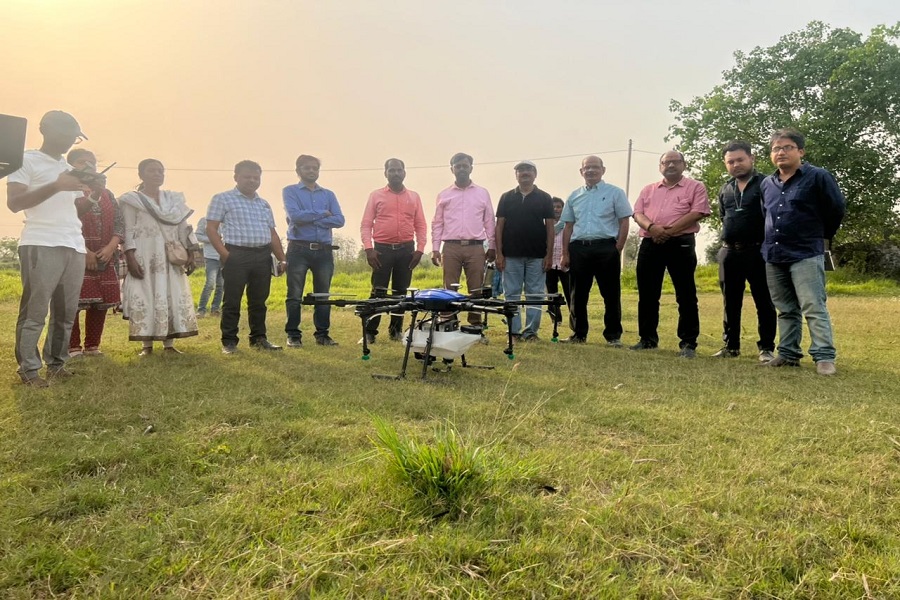Quote on Economic Survey by Dr. Manoranjan Sharma, Chief Economist- Infomerics Ratings

Below the Quote on Economic Survey by Dr. Manoranjan Sharma, Chief Economist- Infomerics Ratings
India’s GDP growth will be 6.5-7 % in FY 25, with risks evenly balanced. India is well-positioned because of its "Mission Mode" approach to overcoming lingering issues
The trade deficit was lower in FY24 than in FY23, and the current account deficit for the year is around 0.7 % of GDP.
“The Indian economy is on a strong wicket and stable footing, demonstrating resilience in the face of geopolitical challenges. The Indian economy has consolidated its post-Covid recovery with policymakers – fiscal and monetary – ensuring economic and financial stability”, the Survey said. But it also stressed the significance of factors such as “possibility of overconfidence leading to speculation (in financial markets) and the expectation of even greater returns, which might not align with the real market conditions” along with usual emphasis on fiscal and monetary stability.
The retail inflation has reduced to 5.4 % in FY24, compared to 6.7 % in FY23. Retail inflation is largely under control but some specific food items causes concern.
Assuming a normal monsoon, moderating global prices of imports and no further external shocks, the RBI expects headline inflation to be 4.5% in FY25 and 4.1% in FY26.
There is a welcome thrust on innovation/start-ups/ patents; trade; telecom; corporate sector; employment; automobile; remittances; and health.
Fiscal Deficit will drop to 4.5 % by FY 26.
Unemployment rate dropped to 3.2 %
Going ahead, there has to be a renewed thrust on:
-
Boosting Private Investment to stimulate economic growth
-
Expanding MSMEs.
-
Agriculture as a Growth Engine.
-
Green Transition Financing
-
Bridging education-employment gap
-
Building State Capacity and Capability by enhancing the capacity and capability of state institutions to effectively implement policies and drive growth.
Growth prospects are conditioned by the steady growth, global cues and domestic factors. But in bracing for tomorrow, there are headwinds of persisting international geopolitical conflicts, geo-economic fragmentation, global financial market volatility, international commodity price movements, rising adoption of artificial intelligence (AI) technologies and extreme weather events debilitating lives and livelihoods across the development spectrum.
Above views are of the author and not of the website kindly read disclaimer



















